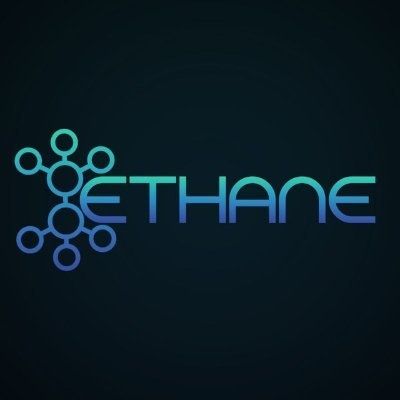Ethane, an introduction to its ecosystem. Find out more about the project’s aims and features, and direct access to its website.
ETHANE: An Efficient Liquidity Locker and Universal Gasless Experience For ERC-20 Tokens.
Ethane, introduction:
The Ethane project provides a simple, gas-free user experience. This is achieved by outsourcing transactions involving ERC-20 tokens to an intermediary smart contract which is then called by a relay.
The Relayer consumes the gas fee and in exchange for this service, the user will compensate with the ERC-20 token(s) involved in the transaction. In addition, Ethane also provides a cost-efficient liquidity locker solution allowing a user to approve and lock their Uniswap liquidity tokens in one transaction.
Context:
The majority of ERC-20 tokens on the Ethereum Blockchain lack the ERC-20 Permit functionality which is a recent initiative that implemented EIP712 allowing for typed-structured data hashing and signatures. Traditional ERC-20 tokens rely on an owner first initiative where the owner is required to send a transaction to the blockchain allowing a designated spender to use them.
This process is inefficient and requires extra time and gas to be spent. With the ERC-20 Permit extension, token owners can now save time and gas by simply signing a message through their Web3 wallet provider allowing the spender to use their tokens.
The spender can now submit approval known as the “permit” and any transfer functionalities in the same transaction.
Now suppose that the owner signs a message permitting a smart contract access to a designated number of ERC-20 tokens. The smart contract can utilize the function to transfer the owner’s tokens to a designated receiver. The entity calling the smart contract to perform this transaction is called the Relayer.
Ethane’s utility:
Ethane uses the OpenZeppelin Defender Relay service which serves as the Relayer for the transactions. Since the Relayer is handling the transaction, the token owner and the receiver which the smart contract is transferring tokens to from the owner, do not pay any gas.
The owner has only signed a message and no action is needed from the designated receiver. The Relayer is responsible for the gas required by the transaction it sent to the blockchain. With the use of a Relayer, a token owner can now send tokens to a designated receiver without needing any Ethereum to pay gas.
Ethane allows for a simple gasless user experience by outsourcing transactions involving ERC-20 tokens to an intermediary smart contract that is then called by a Relayer. The Relayer consumes the gas fee and in exchange for this service, the user will compensate with the ERC-20 token(s) involved in the transaction. In addition, Ethane also provides a cost-efficient liquidity locker solution allowing a user to approve and lock their Uniswap liquidity tokens in one transaction.
